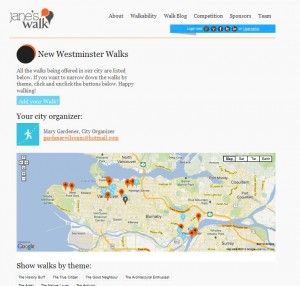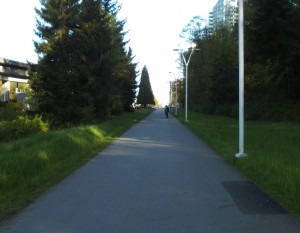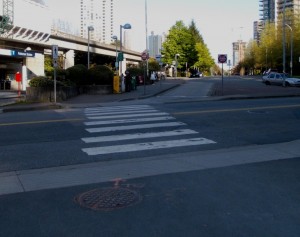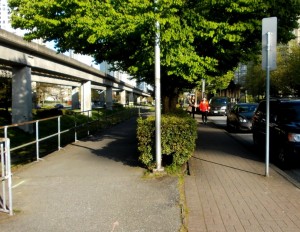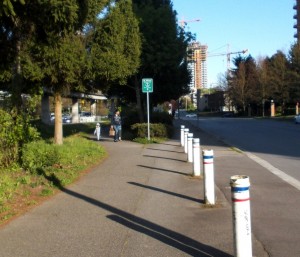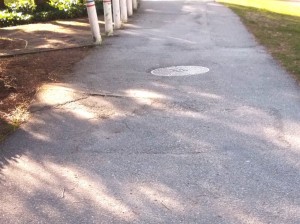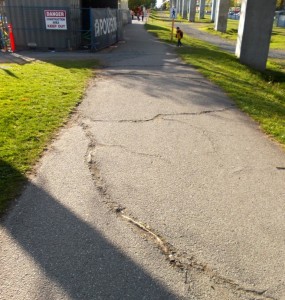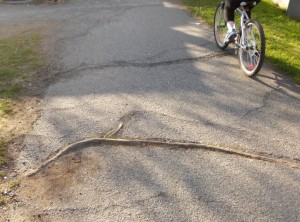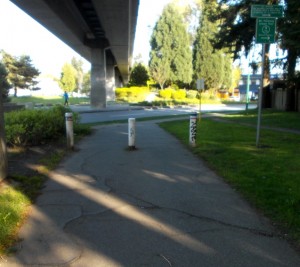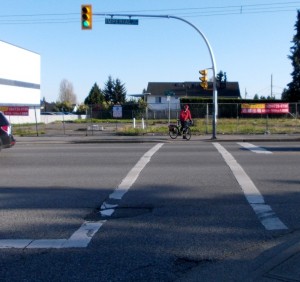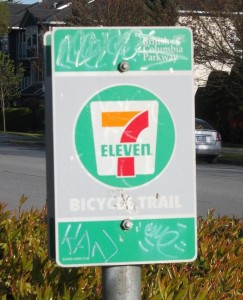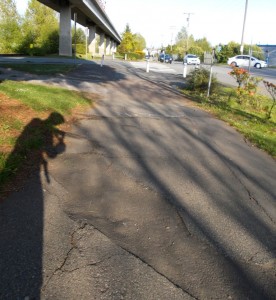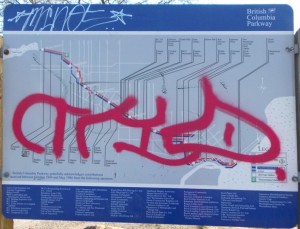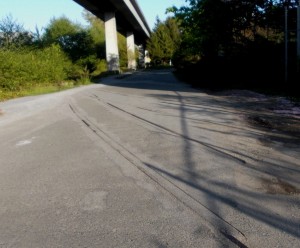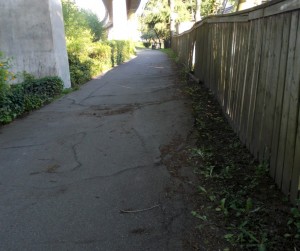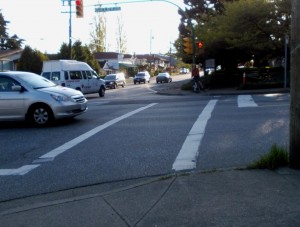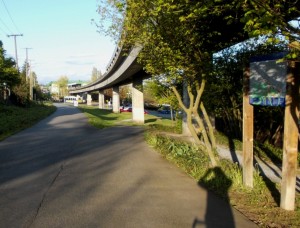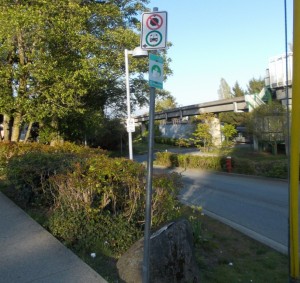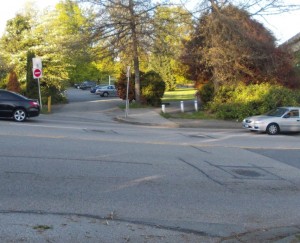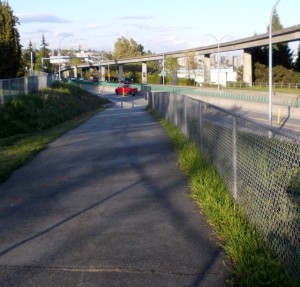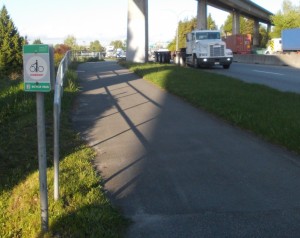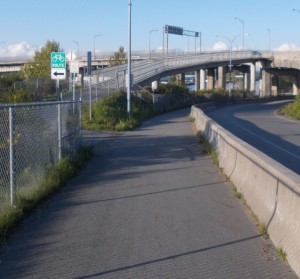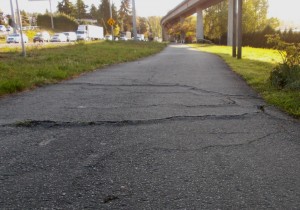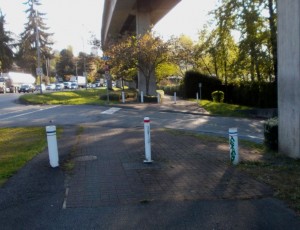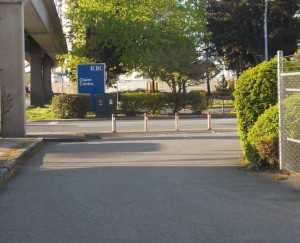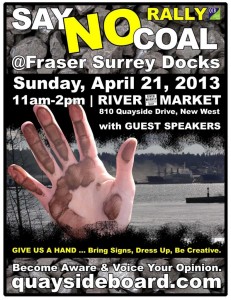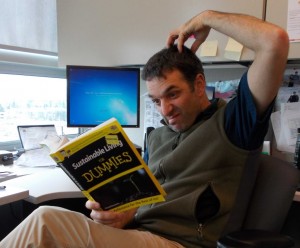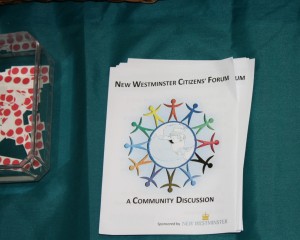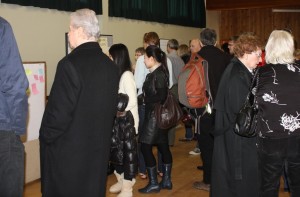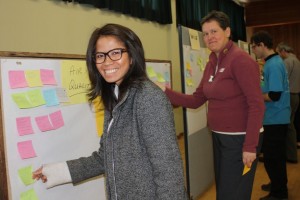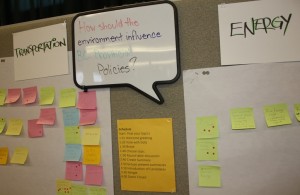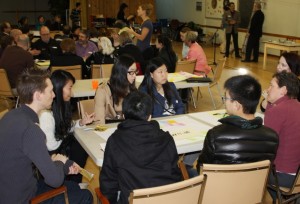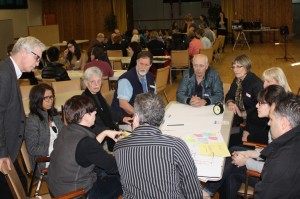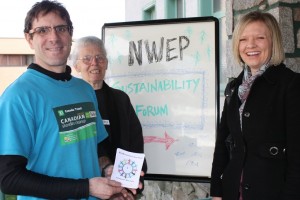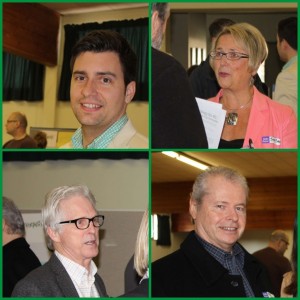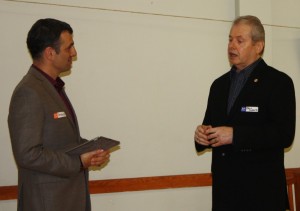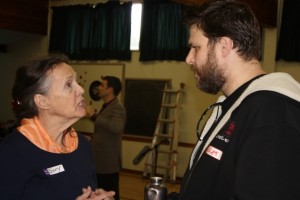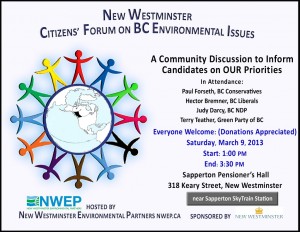In an earlier post, I talked about why there are so many empty lots that used to be gas stations on apparently valuable urban lots. The short version: the structure of the Provincial Contaminated Sites Regulation allows it, there is little municipalities can do about it, and the business interests of a risk-adverse landowner often encourage it.
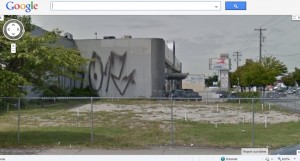 |
| Typical White Pipe Farm. |
For Part 2, I want to talk about what can be done about it. Short version: not much, unless we can find some political will and community pressure to bring these fallow lands back into (economic) production. If those arrive, there are three potential strategies that are worth exploring.
Change the Regulations.
The Contaminated Sites Regulation is not perfect, and bureaucrats in the Land Remediation Section of the Ministry of Environment would be the first to acknowledge that. It is a complex piece of regulation, first developed (believe it or not) to provide standards for the remediation of the old Expo86 site. The regulation came to force in 1996, and has been constantly evolving, both to increase protection of human health and the environment, and to make for a more efficient application of the regulations.
I already mentioned two issues that lead to empty former gas stations: the inability to “sell the liability” along with the contaminated land, and the lack of a requirement to clean up a contaminated site in a timely manner. Both of these could be changed tomorrow (well, after the election I suppose) with a signature from the Minister, but both would have unintended consequences that are probably best avoided.
The first is obvious. Separating the liability for contamination from the person responsible for it violates one of the fundamental principles of modern environmental legislation: the “polluter pays” principle. With no threat of being held responsible for contaminating lands, there is little incentive for property owners to take preventative action to avoid polluting it. After several years of irresponsible land management, the owner could effectively avoid cleaning up by selling the land (and the liability) to a numbered company on the Caymans, who will dissolve the day after, leaving no-one owning the land. Abandoned sites like this ultimately become the property (and responsibility) of the Province, and they have better things to do with your money than running around cleaning up other people’s contamination.
As for the second, there already is a provision in the EMA to “order” a property owner to clean up their site, but in the wording of the Act there has to be a compelling reason for the Director to do this. In essence, the government isn’t all that interested in marching onto your land and telling you what to do with it- unless it is causing other people environmental problems. If there is a human health or environmental risk identified on your site, the Ministry can order you to remedy it. If your property is just sitting fallow, it is way outside of the jurisdiction of the Ministry of Environment to force you to make it productive.
Use Municipal Powers.
The problem here is that Municipalities actually have very limited powers under the Local Government Act. Forcing someone to clean up a contaminated site is not one of those powers. However, Cities can make decisions and Bylaws regarding land use, and they can charge property taxes.
In theory (and at this point, I need to make it really clear that I am a geoscientist, not a lawyer!) a Municipality could, through an amendment to the OCP, create a property class relating to gas stations and other potentially-contaminating businesses (we don’t do coal gasification much anymore, but drycleaners, metal galvanizers, and a few other industries are culprits that were historically as bad as gas stations, if not as plentiful). They could then apply a special property tax Bylaw on these properties if they are decommissioned. Note, they would probably lose in court if they tried to apply it only to the property at the corner of XXX and YYY, but if they made a broad enough category that applied to a type of landuse as opposed to a single lot, it would probably stick.
The goal here is not to be punitive (no elected official wants to be called Anti-Business), but to subtly change the business case so the “do nothing” option was no longer the most logical one for the property owner. The City could reinforce this by giving a 5-year exception from the extra tax (which should give adequate time for any investigation and remediation to a motivated landowner) if the company develops a Remedial Action Plan accepted by the Ministry of Environment, and sticks to the timelines of that plan. Or the City could keep the extra taxes in trust instead of adding them to revenue, and allow the property owner to apply them to the cost of remediation once the site is cleaned up. The cost to the City of either of these actions would, in the long run, be returned to the City in the increased land value created.
The upside of this would be incentive given to the property owner to make the site whole, while the City sees a piece of land put back into tax-generating productivity much sooner. The downside is that the owners of contaminated sites are likely to view this as a “tax-grab”, and it may significantly dis-incentivise the renewal of old buildings. Remember from Part 1, this whole process started when a property owner applied for a Permit to demolish, rezone, or develop a piece of land. If that permit application never happens, a capital-letter Contaminated Site is never identified. The only thing potentially worse for an urban area than weed-filled white pipe farms is the same number of derelict buildings where owners are afraid to knock them down.
Think outside the box
There may be other, more creative solutions to this problem that don’t actually involve cleaning the sites up. It has proven possible to actually use those vacant lots and make them part of the living neighbourhood without replacing the buildings.
The most commonly cited example of this is the Davie Village Community Garden. You have probably walked by this site at Davie and Burrard in Vancouver, one of the busiest intersections on the Downtown Peninsula. This used to be a gas station, and there were some significant challenges related to the remediation of the site.
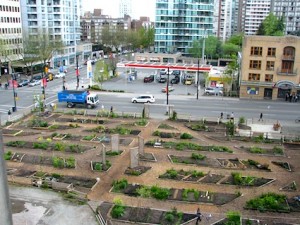 |
| Image Source: http://www.cityfarmer.info |
Sometime in 2008-2009, the developer of the site, prompted by community groups and with the assistance of the City, agreed to allow a Community Garden to be developed on a large portion of the site. The incentive to the Developer was significant property tax relief afforded by the City (by allowing the land to be classed as non-profit/ recreational instead of commercial), and an agreement that the Garden use would be temporary with a set closing date, so that their ability to develop will not be restricted once they get all their development ducks in a row.
Another hurdle was the “contaminated site” issue- not the first location you think of when you want to plant a garden! So an environmental consultant was brought in to test the soil and vapours, and assure that the residual contaminants were not going to enter the food chain at the surface, or impact the health of people using the garden space. One advantage of this site was that the contamination was not “high risk”, in that its concentration was low, and the contamination is far enough down that even the deepest-rooting vegetables were going to remain several metres away from it.
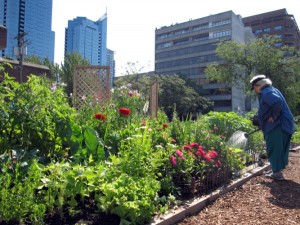 |
| Image Source: http://blog.wwf.ca/blog/ |
Finally, there are some legal liability issues that the property owner would need to address- no property owner wants to be exposed to nuisance claims for everyone who stubs a toe or trips on a rake on their land, so liability insurance has to be part of the business plan for the property owner.
This is not a solution that works everywhere, but it does work surprisingly well in many locations. There is a not-for-profit organization based in Vancouver called SOLEfood Farms who are doing urban farming on numerous fallow sites, moving along as land becomes available, or is lost to eventual re-development. They have managed to string together people who have traditional work barriers, people who have little access to land or fresh food, and businesses that are looking to build community as part of their business plans. I can’t say enough good things about the success these folks have generated – you need to go there and give them a virtual high-five.
However, even if the Community Garden is not perfect for every site, there is potential at many sites to simply take down the Blue Rental Fence of Neglect and open the space, even temporarily, for parks or amenity use. In some spots, that might mean a few benches, some planters, maybe a grassy mound for picnics. In others, this may be a basketball court or bocce green, even a temporary art installation. These spots can be ideal “pocket parks” that cost the taxpayers very little while adding a bit of green, human space to busy urban areas, adding to the value of the adjacent properties instead of reducing it.
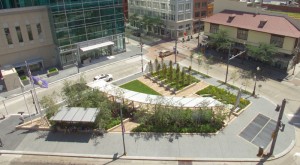 |
| Image source: http://sourcethestation.com/idea/pocket-park/ |
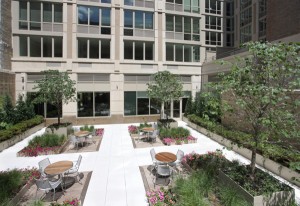 |
| Image source: http://www.nybits.com/photos/1510-lex-pocket-park.html |
 |
| Image Source: http://www.openideo.com/ |
How to make this happen? The Ministry has to agree that the proposed site use is safe. The Municipality needs to provide an incentive to the property owner, and reduced or deferred taxes is the best incentive they have. The property owner has to be reassured that this use will not cause them risk, or ultimately scuttle their plans for the site. It seems a dedicated community volunteer group to bring the partners together and shepherd the site has been the catalyst in the past. Maybe your favourite site just needs that catalyst.
